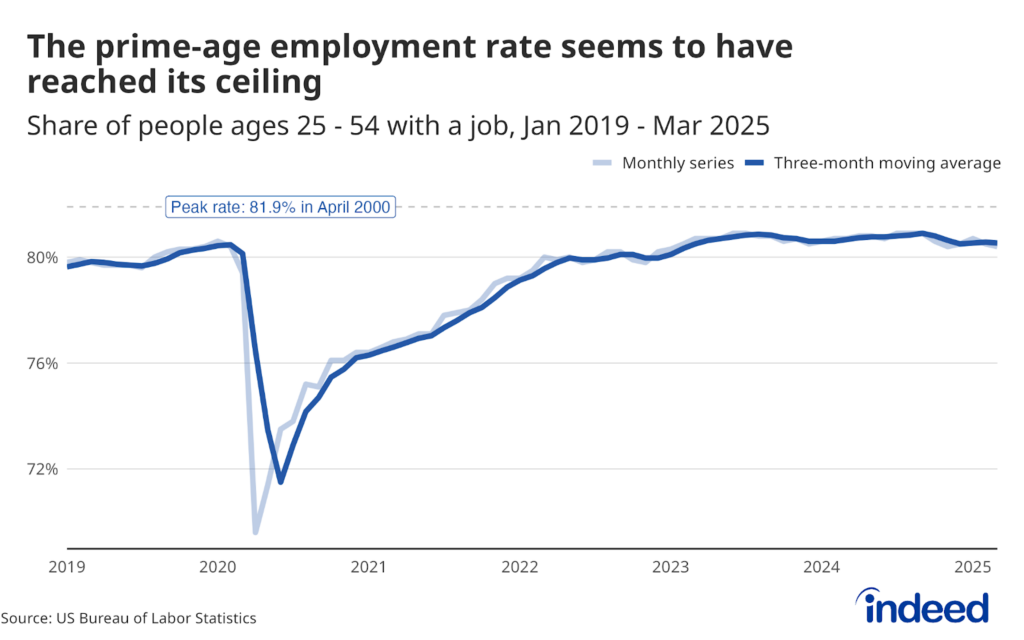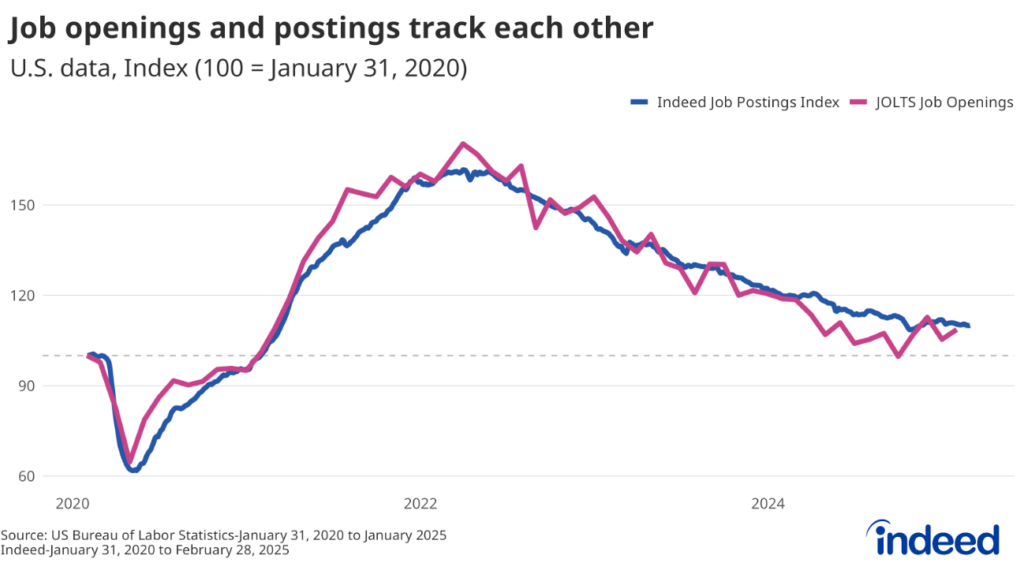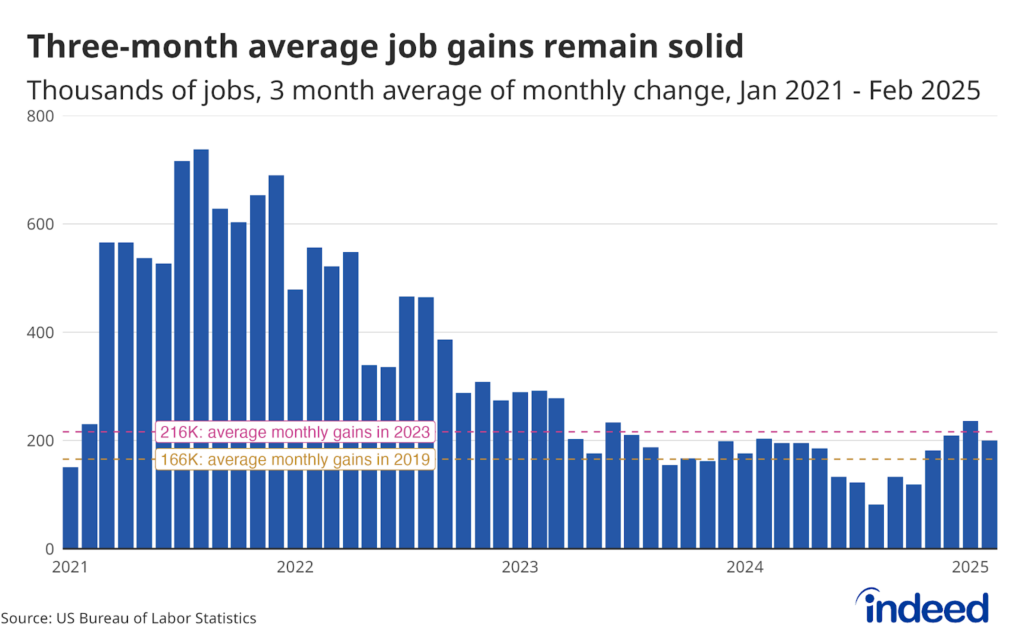Key Points
- Active job search didn’t shift significantly from the previous month according to the October 2021 edition of the Indeed Job Search Survey.
- However, the share of jobless respondents who are actively searching for paid work did decline over the month, dropping 3.8 percentage points.
- The reasons for a lack of urgency among the unemployed remained varied, with the top reasons in October being care responsibilities, COVID fears, and employed partners.
Job search didn’t change much from a month earlier, according to the October edition of the Indeed Hiring Lab Job Search Survey.
The October survey found 27.1% of respondents actively looking for paid employment, down but statistically indistinguishable from 28.7% in September. This share is up from its June level of 24.4%.
Active job search among the jobless dipped
Job search didn’t change among the entire population, but active job search among the jobless did decline 3.8 percentage points from September to October. It’s unclear if this drop is part of a regular seasonal pattern or a sustained shift in the behavior of jobless workers.
Timing preferences for starting a new job
The share of active job seekers who would like to immediately start a new job fell two percentage points from September to October, although this change is not statistically significant.
Reasons for lack of urgent job search
A number of factors continue to hold back a sense of urgency among unemployed workers in October. The top reasons this month were care responsibilities, COVID fears, and employed partners.
The Indeed Hiring Lab polled 5,000 people in the US in mid-October, ages 18-64. The surveys have been conducted monthly since late May. The samples include individuals in and out of the labor force, and employed and jobless people.
The Hiring Lab will monitor this trend and others in future installments of the Job Search Survey.
Methodology
This blog post is based on four online surveys of 5,000 US adults ages 18-64. The first survey was conducted May 26-June 3, the second July 12-20, and the third recent August 10-18, the fourth from September 13 – 29 and the most recent from October 11-20. Weights were applied to each survey to match respondent distributions across age, educational attainment, race/ethnicity, and sex with the 2020 Current Population Survey’s Annual Social and Economic Supplement.
Statistically significant differences between the surveys depend upon the exact question and the specific survey wave. For example, between the October and September surveys, a difference of at least 1.2 percentage points is required for a change in the share of the population that is actively and urgently searching to be statistically significant at the 5% level. A change in the share of active job seekers who want to start a job immediately between the July and October surveys would have to be at least 3.4 percentage points to be statistically significant at that same level.






